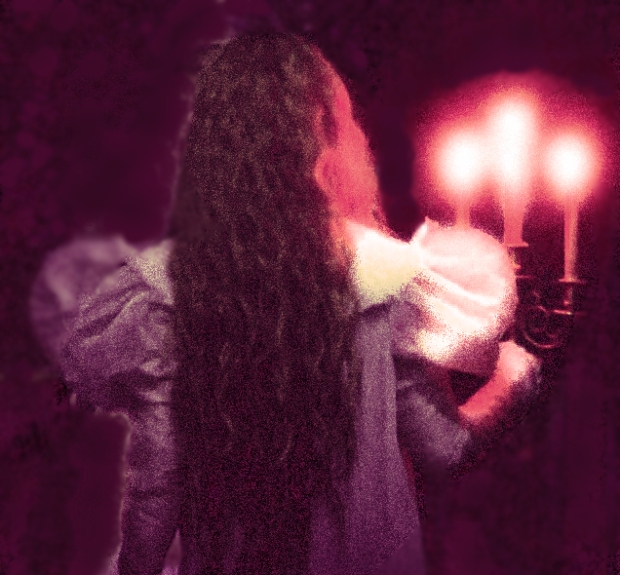
The third film to be shown at Gothic Feminism will be Rites of Passage by Catherine Grant, University of Sussex.
Rites of Passage is a video essay on the liminal moments of the protagonist of Rebecca (Alfred Hitchcock, 1940), played by Joan Fontaine. This is a low resolution, educational, remix compilation, featuring sampled music originally composed for the film by Franz Waxman. This work was completed in memory of Joan Fontaine (22 October 1917 − 15 December 2013). Further information on the video is discussed in: ‘The Remix That Knew Too Much? On Rebecca, Retrospectatorship and the Making Of Rites of Passage’ in: The Cine Files, 7, Fall 2014. Online at: thecine-files.com/grant/). Extract from ‘The Remix That Knew Too Much?’:
‘Looking back on it a year later, Rites of Passage clearly marked a shift in my experiments with videographic film studies, most notably heralding my growing confidence in the use of explicitly creative (and not always primarily informational, or scholarly) approaches to research and videography. It is clear to me now, also, that in the context of this work feminist and psychoanalytic theories not only offer an additional intertextual axis along which to “read” my video, as well as its process of making, but they actively contributed to it by forging similar kinds of personally and historically contingent phenomenological frames as the film(s) that inspired this work: Hitchcock and Fontaine’s Rebecca (and Robert Wise’s The Haunting). Like films, we don’t just come to know theoretical readings, or any other discursive frames for our viewings, we also have conscious and unconscious experiential, affective and also retroactive relationships with them, which become inseparable from our acts of spectatorship and retrospectatorship. As key parts of this, the activation of curiosity or the exercising of epistemophilia are also sensuous (not simply cognitive) activities; there is certainly many a queer pleasure to be had in the cinematic or cultural experience of not quite knowing for sure. Perhaps exploring these pleasures, and their attached poignancies, using the kinds of videographic parameters and techniques I have been describing, can enable us to get in touch with important aspects of film spectatorship that seem to be less accessible or even inexpressible in other (differently constrained) forms of scholarly work.’
Catherine Grant is Senior Lecturer in Film Studies at the University of Sussex. Author and editor of numerous film studies videos, as well as of written studies of intertextuality, film authorship and adaptation theories, she runs the Film Studies For Free, Filmanalytical and Audiovisualcy websites and, in 2012, guest edited the inaugural issue of online cinema journal Frames on digital forms of film studies. She is a founding co-editor of [in]TRANSITION, a new videographic film and moving image studies journal. Rites of Passage can be viewed online here: https://vimeo.com/82092389 Contact: C.Grant@sussex.ac.uk
Text by: Catherine Grant
Image: Rebecca (1940)
Film by: Catherine Grant
2013, 8 mins




